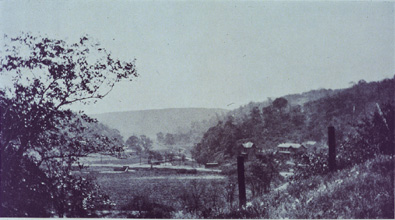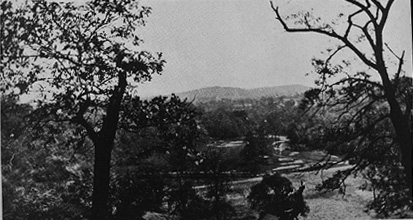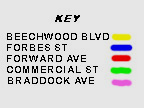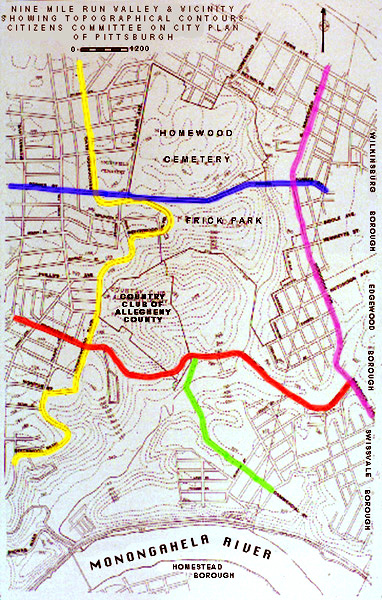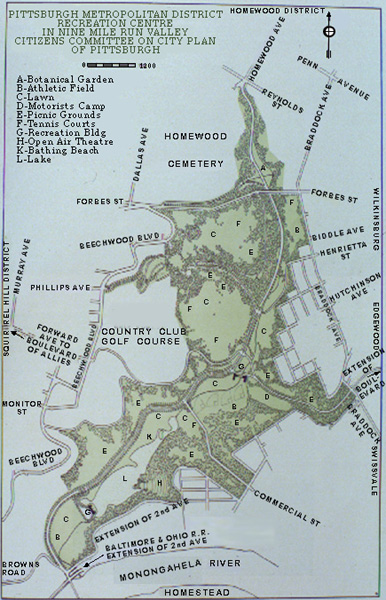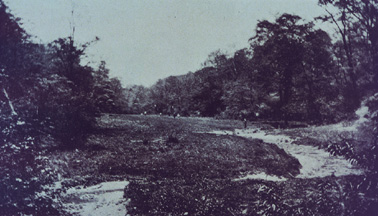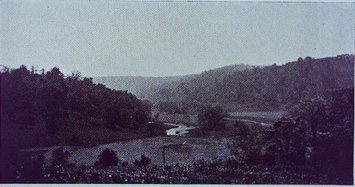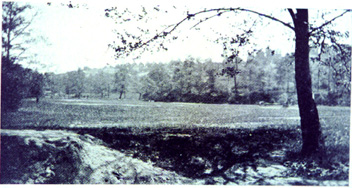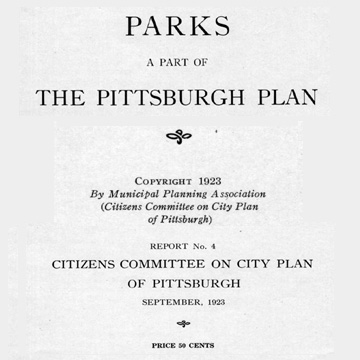

|
|
Distribution of centers for combined school, playground, athletic field and neighborhood park use. |
|
|
Allocation of larger parks, comprising some of the existing wooded ravines and land of other character, together with an outer boulevard system. |
|
|
Location and development of a city or county "forest." |
|
|
Location and development of adequate water recreation facilities upon a larger scale. |
Large Parks - An Outer Boulevard System (back to Table of Contents)
A City or County "Public Forest" (back to Table of Contents)
Water Recreation (back to Table of Contents)
There could be no serious objection to developing a plan and acquiring this site at a reasonably early date, after the Monongahela valley project is started. Site No. 3 is slightly less desirable than No. 2, being somewhat farther from the population centers; but it has the advantage of location directly upon the river. The three sites are, however, not so accessible to the metropolitan population as is the Nine Mile Run site described later.
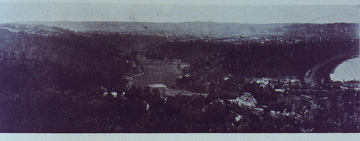
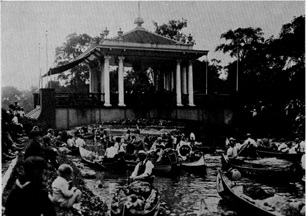
|
|
A most important new crosstown thoroughfare through the valley and Fern Hollow is recommended as route No. 48 of the Major Street Plan. It should be a six-line thoroughfare with appropriate additional width; for example, if no park project is undertaken a width of 100 feet should be secured. |
|
|
Another main thoroughfare (not in the original street report) leading out of the city should be located across this valley from Beechwood Boulevard at Forward Avenue at least to Braddock Avenue and, if financially feasible, continue through Edgewood to the Ardmore Boulevard. This would be a continuation of the Boulevard of the Allies as already noted in the suggestions for Schenley Park. |
|
|
Exclusive of the northern end of Fern Hollow, the area of the ravines and valley within the city limits which would be involved in a full development scheme is approximately 474 acres. A part of the tract under consideration is included in the Frick Park bequest. The Pittsburgh Country Club has acquired the property indicated on the topographical map. |
|
|
Ordinarily the City of Pittsburgh could not alone be asked to seriously consider acquisition of this whole tract, because of the proximity of Schenley Park. However, the City should be interested in its development even though the project is essentially a metropolitan district one. Homestead, Swissvale, Edgewood, Wilkinsburg and the whole East End portion of Pittsburgh proper are specifically to be benefited. In order to facilitate the accomplishment of an extensive scheme of acquisition of park land in this valley, it would be highly desirable to secure the cooperation and participation of the various affected municipalities and of the industrial concerns which employ large numbers of workers. |
|
|
A proper treatment of thoroughfares through the tract as already noted. |
|
|
An ample lake for swimming and boating (see below). |
|
|
Open lawns for the use of large numbers of people. |
|
|
A special out-door swimming pool for exhibition swimming, to be part of an open air theatre, with seats upon an adjacent hillside. |
|
|
Recreation buildings or pavilions with restaurants, comfort stations, etc. |
|
|
Reserved space for athletics, such as baseball or football. |
|
|
A parking place for tourist automobiles, enclosed by trees and other planting, together with proper camping facilities for motorists. |
|
|
Picnic places in wooded or open spaces. |
|
|
Carefully located park roads (pleasure drives), few in number, through wooded or open spaces on the hillsides. |
|
|
A reasonable amount of park boundary line upon streets, both to facilitate access to the park and to maintain valuable park frontage for the residences upon such streets. |
|
|
A proper merger with, and coordinated development of, Frick Park. |
|
|
A botanical garden development in Fern Hollow. |
|
|
A sewage disposal plant near Brown's bridge, without undesirable effects, if such plant is later deemed necessary. |
